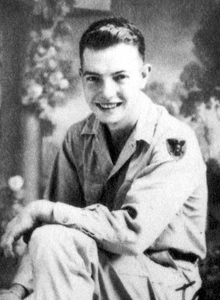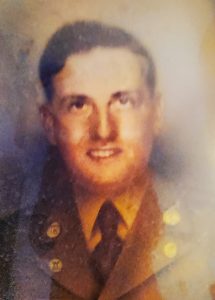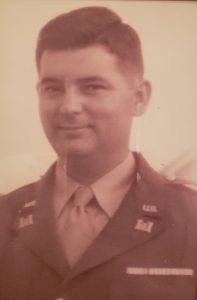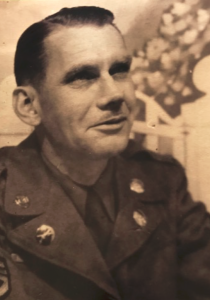
Richard George Desautels, age 21, from Addison County Shoreham, Vermont .
Service era: Korea
Date of death: Wednesday, April 29, 1953
Death details: By mid-November 1950, U.S. and Allied forces had advanced to within approximately sixty miles of the Yalu River, the border between North Korea and China. On November 25, approximately 300,000 Chinese Communist Forces (CCF) “volunteers” suddenly and fiercely counterattacked after crossing the Yalu. The 2nd Infantry Division, located the farthest north of units at the Chongchon River, could not halt the CCF advance and was ordered to withdraw to defensive positions at Sunchon in the South Pyongan province of North Korea. As the division pulled back from Kunu-ri toward Sunchon, it conducted an intense rearguard action while fighting to break through well-defended roadblocks set up by CCF infiltrators. The withdrawal was not complete until December 1, and the 2nd Infantry Division suffered extremely heavy casualties in the process. Sergeant Richard George Desautels, who joined the U.S. Army from Vermont, served with A Company, 2nd Engineer Combat Battalion, 2nd Infantry Division. He was captured by enemy forces on December 1, 1950, as his unit was withdrawing from Kunu-ri to Sunchon. He was marched with a large group of other prisoners to the Pukchin-Tarigol Valley, and from there to Camp 5 at Pyoktong. Several of his companions, who survived their captivity, remembered that he had a leg wound near his knee, and that he managed to learn a few rudimentary words of Chinese and could communicate with his captors. The Chinese allowed him to help drive trucks of food supplies to various POW camps. He appears in Chinese records, which state that he became very sick while at Mukden (now Shenyang) Manchuria and died there on 29 April 1953. His remains have not been recovered. Sergeant Desautels is memorialized on the Courts of the Missing at the National Memorial Cemetery of the Pacific. In a March 2003 meeting, Chinese officials told the U.S. that after he “became mentally ill.”
Source: National Archives, Defense POW/MIA Accounting Agency, Valley News (2008)





